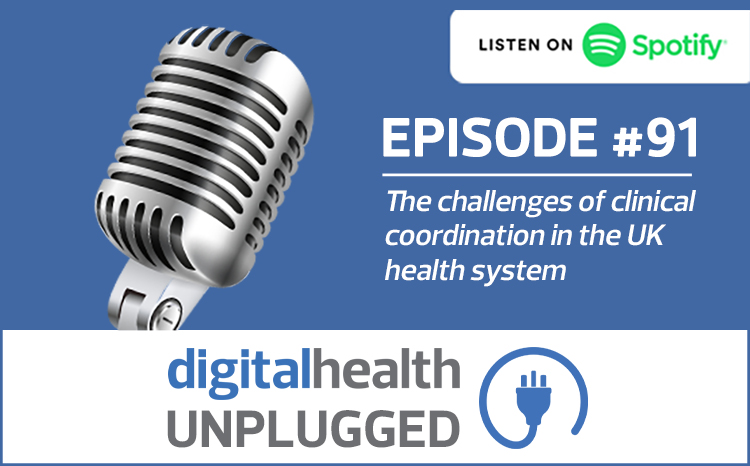Public awareness low on e-health services
- 18 July 2006
A picture of low public awareness of electronic health services emerges from a new survey of users with NHS Direct, the 24 hour online and telephone advice service, proving to be the exception to the rule.
The ntl:Telewest Digital NHS 2006 Study found that, while 72% of respondents had heard of NHS Direct, recognition rates were much lower for newer services such as Choose and Book (5%) and HealthSpace (1%).
Over a quarter (28%) had never heard of any of the services and 92% said that their GP had not told them about the new options, including NHS Direct.
Focussing on technology in the GP surgery, the survey found that nearly a quarter of respondents were put off seeing their GP because they found it nearly impossible to book an appointment.
Again, levels of awareness about the new communication routes were low with 54% saying they did not know whether electronic appointment booking and a range of other electronic services were available at their GP’s practice.
One in ten owned up to missing a booked GP appointment, but 41% said they would have remembered it if they had had a reminder by e-mail and 25% said a text reminder would have prompted them to go to the surgery.
Respondents indicated a willingness to use the new methods of communication; asked how they would like a GP to send information them about serious health issues that might concern the public, the most popular route was e-mail (55%), followed by post (52%), the GP’s website (37%) and text (6%). Only 5% said they did not want any information.
The study’s commentary says: “Results indicate that the rollout of digital services could have a measurable impact on meeting government targets. However, their uptake and therefore any likely impact from their adoption could be stalled by a lack of public awareness of their existence and an absence of confidence in their role of improving patient care.
“The research indicates that there is a need to better promote digital services, such as Choose and Book, nationwide to ensure public uptake is in line with meeting government targets otherwise the multi-billion pound investment in the underlying infrastructure supporting new services could have been made in vain. Digital communications such as e-mail and online have a definite role to play in ensuring the public is well-informed.”
Satisfaction with communication from the GP varied slightly between respondents according to age with those aged 18-29 years more likely to say communication was fairly bad or very bad (20%) than the population as a whole (15%). The younger group was also less convinced that their tax contributions were being very well spent on local health care.
The survey also looked at differences in the rate of roll-out of digital services in different parts of the country. While 64% of respondents did not feel that the differences posed a problem or felt uneven provision was expected as the roll-out would take time, a minority (12%) were ‘appalled’ and 19% attributed the differences to discrimination between different regions in the country.
Analysing the overall findings, the survey report says: “Existing investments, such as electronic patient records as implemented by the National Programme for IT, are expected to deliver considerable savings. But, at a local level there is also a need for organisations to review their communications infrastructures to meet efficiency gains.
“More immediately the rollout of digital services such as electronic appointment bookings (Choose and Book), appointment reminders and prescription transfer is expected to result in less wasted time and increased accessibility to services. These are viewed as vital to the future success of NHS organisations and their ability to deliver high quality services to patients. However, the onus still remains at a local level on when these will be rolled out.”
To make the new services more inclusive, the survey report urges the NHS to view online services as only a part of the challenge. “Other communications technologies have emerged into widespread use, such as the mobile phone and iDTV (interactive digital television) that also need to be leveraged,” it says.




